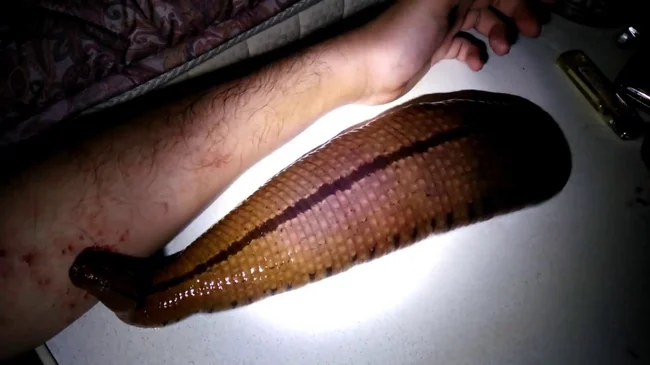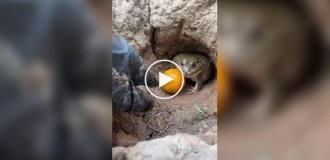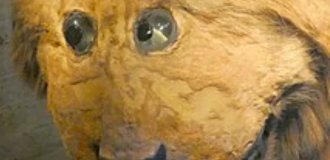Where do the largest leeches in the world live? Duremar could have struck it rich! (7 photos)
Ah, if only the leech merchant and friend of Karabas-Barabas knew what goods are found in overseas countries, he would immediately give the remains of his small bloodsuckers to some local hirudotherapist* at wholesale price and board the next ship heading to South America. 
Haementeria ghilianii - the largest leeches in the world.
Because its tiny leeches, sucking out only 30 ml of blood at a time, are in no way comparable to their Amazonian sisters**, who, when gathered together, can easily suck out even a cow!
After all, these giant Amazonian leeches (Haementeria ghilianii) can grow up to 45 cm in length and up to 10 cm in width. And they say that each of them can drink about a liter of blood to get full!
And the most terrible thing is that these bloodsuckers belong to the order of proboscis leeches. That is, to pierce the skin, they do not use teeth, like our cute little leeches, but a sharp proboscis, similar to an injection needle, which can reach a length of 15 centimeters! 
After all, for such a huge worm to feed itself, capillary blood from under the skin will clearly not be enough. And it can stick its long trunk deep enough to drink blood from large vessels.
Have you ever been sucked by a leech? No, not a giant Amazonian one, but ours - an ordinary one. I remember the muddy bottom of the lake where we swam as children was simply teeming with these bloodsuckers. And when we got out of the water, we often found one or even several of these creatures on ourselves. Because they bite completely painlessly. 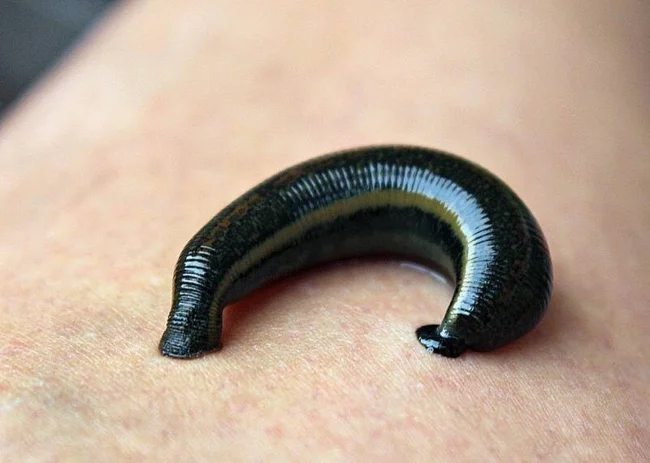
You're also unlikely to feel the penetration of the giant Amazonian leech's long proboscis under the skin due to the cocktail of chemicals it secretes to numb the puncture site.
In addition, having attached itself to the victim, the leech constantly treats the wound with anticoagulants to prevent blood clotting - it can only suck liquid blood. 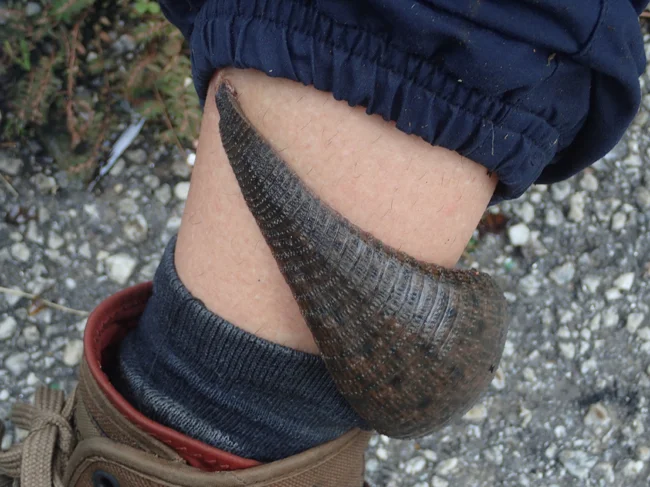
How good!!
It's good that this terrible bloodsucker doesn't live here! The giant Amazonian leech can only be found in the north of South America - from Venezuela and French Guiana to the mouth of the Amazon. And even then, very rarely. 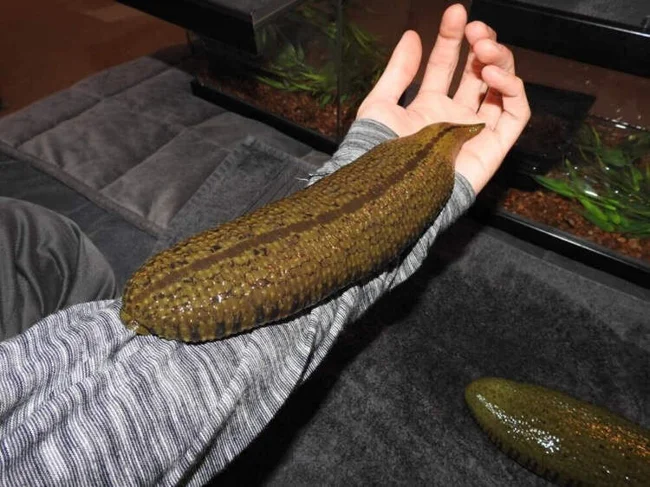
It was declared extinct after no wild specimens were found for a long time after 1893.
In the 1970s, Dr. Roy Sawyer suddenly found and caught a pair of adult male and female leeches in a pond in French Guiana. One of them, named Grandma Moses, gave birth to 750 babies, which became the basis of the laboratory population at the University of California, Berkeley. 
Dr. Roy Sawyer with a giant Amazon leech.
The giant Amazon leech has very powerful longitudinal muscles. And therefore it is much stronger than it seems at first glance. Biologist Mark Siddall from the American Museum of Natural History claims that you can even step on it with a shoe, and it will remain alive and unharmed.
So if you ever come across this giant bloodsucker in the swamps of the Amazon floodplain, you will need to find another way to get rid of it. 